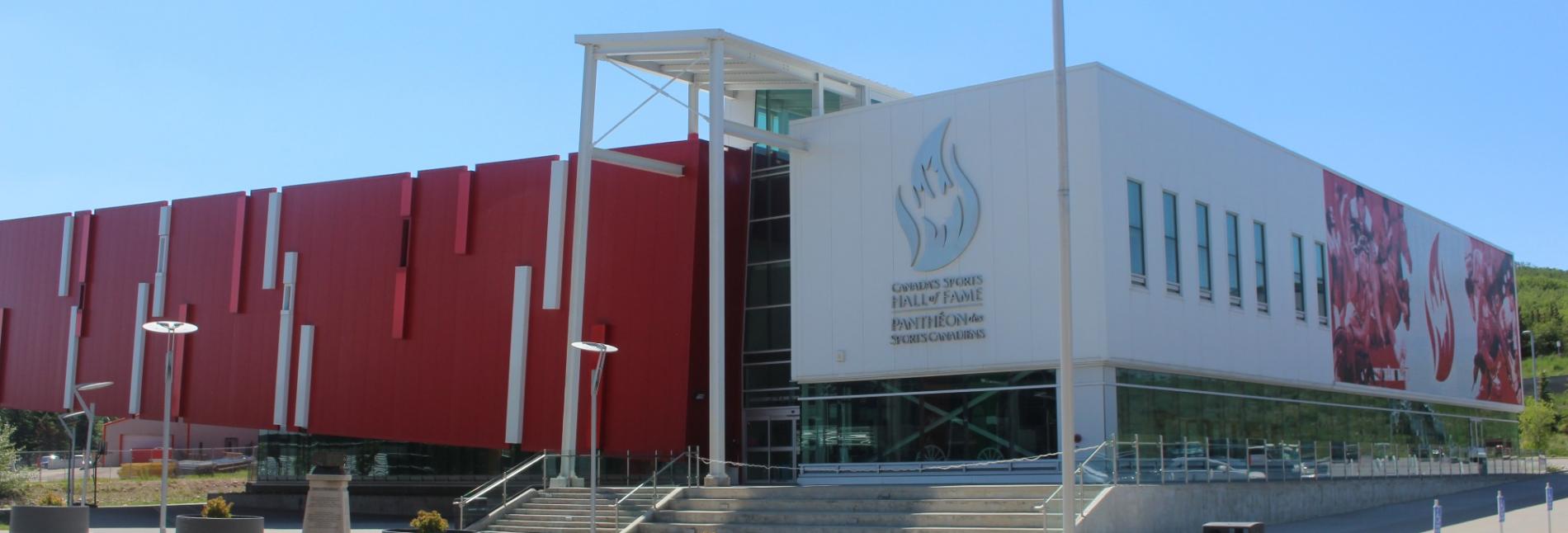Hall of Famer
Charlie Conacher
Inducted in 1975
Member Details
Career Highlights
Tied for National Hockey League top scoring title
Stanley Cup - Toronto Maple Leafs
National Hockey League scoring titles
Inducted into the Hockey Hall of Fame
Charlie Conacher annual humanitarian trophy established

Story
Charlie Conacher was such a bad skater in his youth that he was stuck in goal to keep him from undermining the other kids on his team. He came from a family of ten children, many of whom were also gifted athletes. But, in his own words, he was "desperate to succeed" and, amazingly, went on to become a riveting player with the hardest shot in hockey. Older brother, Lionel, and younger brother, Roy, are also Hall of Famers, but it was Charlie who stood out among the siblings as the best hockey player of them all. Conacher played a year of junior hockey with North Toronto before joining the Toronto Marlboros in 1927. He played on the Marlies' Memorial Cup-winning team in 1929 and made the jump to the Toronto Maple Leafs in 1929-30. His brother, Lionel, who by that time was coaching the New York Americans, negotiated Charlie's first contract figuring it would be better for a kid of 19 to begin a career in his home town. Charlie played a strong right wing, and after a few mediocre front line configurations, Leafs owner Conn Smythe teamed 20-year-old Conacher with 18-year-old Harvey "Busher" Jackson (who'd played with Conacher on the Marlies) and 22-year-old Joe Primeau. Because of their youth and inexperience, the three were called the Kid Line. It was 1931, and the Leafs were not showing well in regular season, so the new Kid Line didn't grab a lot of attention. At first. The Kid Line went on to become one of the most dangerous lines in hockey history, and the threesome found itself near the top of the scoring lists for the better part of a decade. Conacher himself became the best right wing in the game over the next half-decade. Five times between 1930 and 1936, he either led or tied for the league lead in goal-scoring. He was a Second Team All-Star in his second and third years in the league and a First Team selection for three consecutive seasons beginning in 1933-34. He also helped the Leafs win the Stanley Cup in 1932. Leveraging his 6'1" and 200-pound frame into a notorious blast that eluded goaltenders and dented rink boards, he beat goalies equally well with a booming shot or a sleight of hand at close range. His momentum on the ice was famous, and he committed fully to it - no player between him and the net could stop him, and he often bowled over the net itself as he crossed the goal with the puck. Conacher's all-out attack approach to playing took its toll. After nine years of hard-hitting for the Leafs, his badly injured body (that withstood removal of one kidney after crashing into a net, a broken collar bone, a shoulder separation, blood poisoning from a cut to his hand, and various other fractures and cuts) began to slow down. He was sold to the Detroit Red Wings, and after a year moved to the New York Americans for two seasons. Retiring from play in 1941 but staying in the game as a coach, he guided the Oshawa Generals to a Memorial Cup championship in 1944 and then coached younger brother Roy and the rest of the Chicago Blackhawks for three years in the late 1940s. In the end, Charlie Conacher found his match in his battle with throat cancer, succumbing to it in 1967 after a brave, year-long battle. His life of hard work and determination inspired a generation of Leaf players and fans. His legacy helped in the search for a cure to the disease that claimed him. The Charlie Conacher Research Fund raised millions for esophageal cancer research. Between 1968 and 1984, the Charlie Conacher Memorial Award was awarded to the National Hockey League player best exhibiting outstanding humanitarian and public service contributions.






